As climate change continues to warm the planet, the Gulf of Mexico is experiencing rising sea surface temperatures that could extend the traditional hurricane season, currently lasting from June 1 through November 30. If the Gulf’s average temperature never drops below 80°F, a critical threshold for hurricane formation, scientists suggest that hurricane activity may no longer be confined to a specific season.
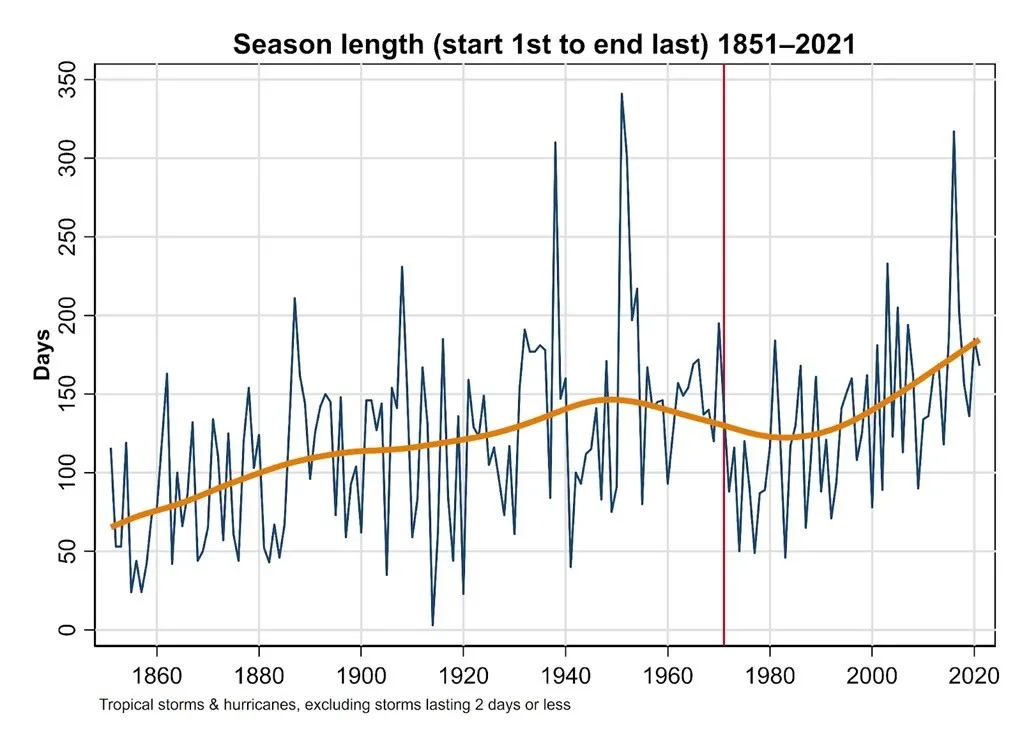
Scientific data from the National Oceanic and Atmospheric Administration (NOAA) and other climate research organizations reveal that the Gulf of Mexico’s sea surface temperatures have been rising steadily over recent decades. This increase is directly tied to the global effects of climate change, particularly the trapping of heat in the Earth’s atmosphere caused by rising levels of greenhouse gases.
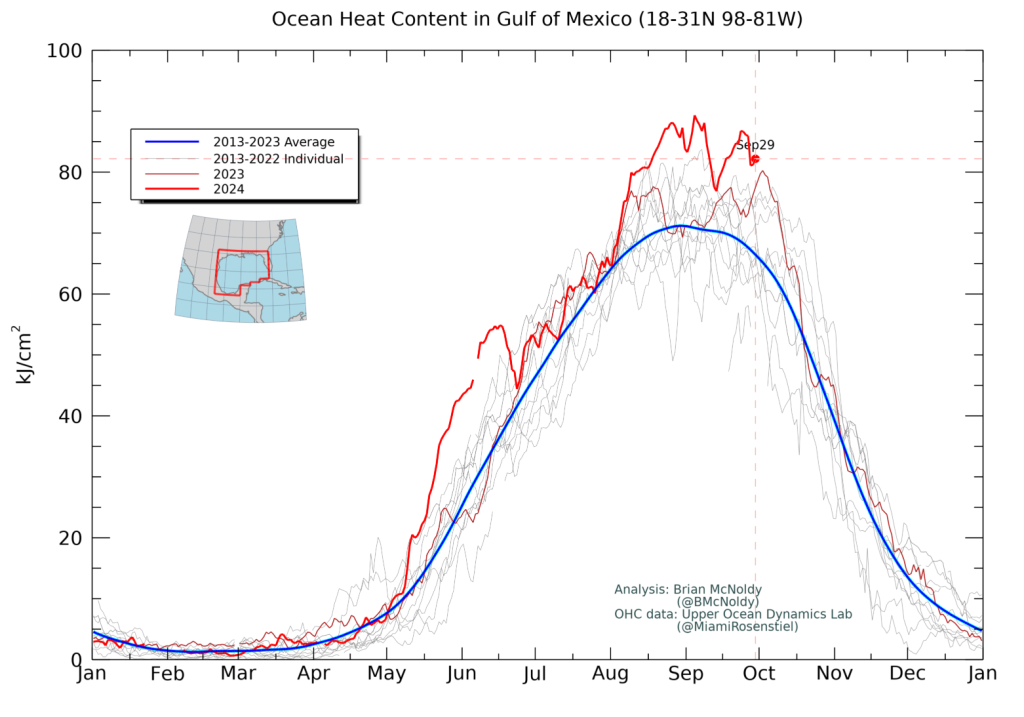
In the summer of 2024, parts of the Gulf reached record-high sea surface temperatures, with readings as high as 90°F in some areas—significantly above the 80°F threshold that supports hurricane formation.
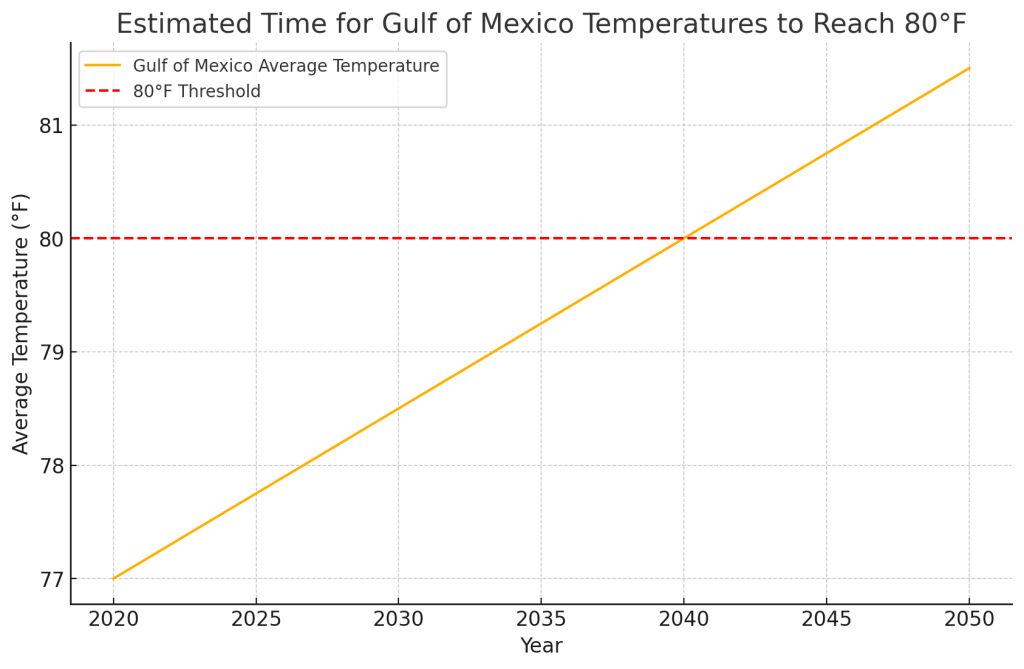
Experts warn that if the current rate of warming continues, the Gulf of Mexico’s temperatures may remain above the critical 80°F threshold for longer periods each year, extending the hurricane season and potentially allowing storms to form outside the traditional months. However, the possibility of year-round 80°F temperatures in the Gulf by the late 2030s or early 2040s remains uncertain and depends on various atmospheric and oceanic factors
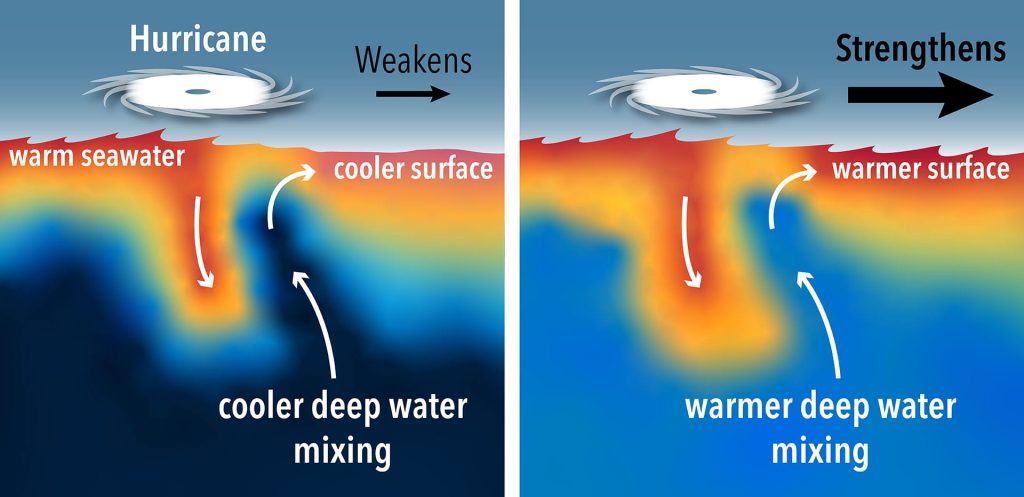
Hurricanes derive their energy from warm ocean water. When sea surface temperatures reach or exceed 80°F, the atmosphere becomes more conducive to the development of powerful storms. The warming waters increase evaporation and moisture in the atmosphere, which can fuel storm systems, making them stronger and more likely to intensify rapidly.
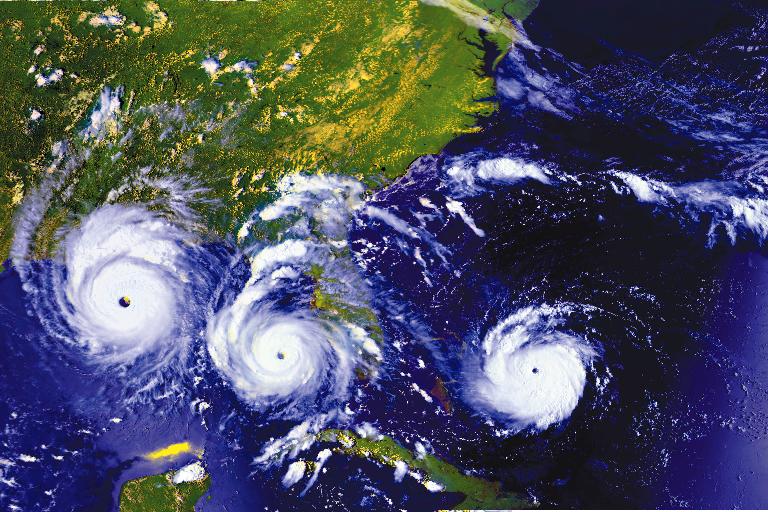
In recent years, scientists have observed a growing number of tropical storms and hurricanes that rapidly intensify, with some storms escalating from Category 1 to Category 5 within a matter of hours. This phenomenon is closely linked to the warming of ocean waters in regions like the Gulf of Mexico.
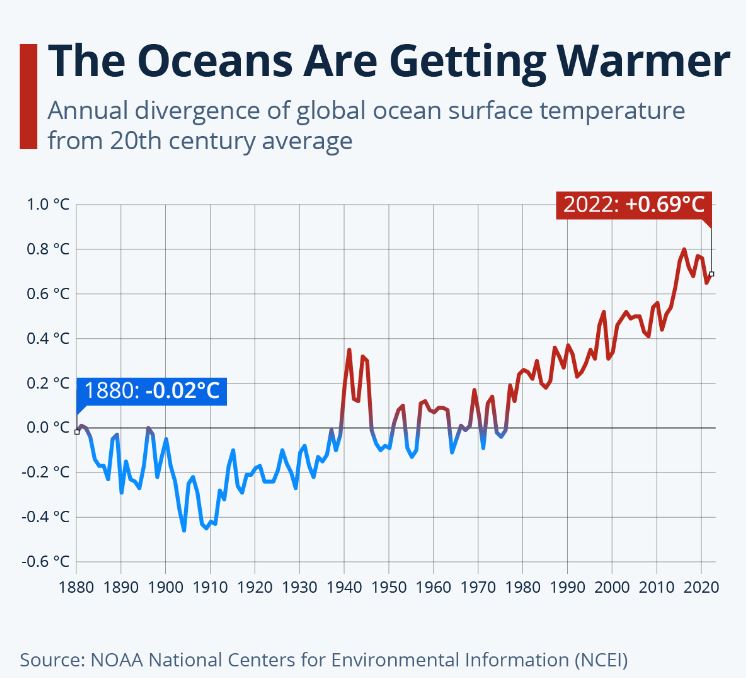
According to leading climate scientists like Dr. Michael Mann, the warming of the Gulf is a clear example of how human-caused climate change is intensifying weather systems. Warmer sea surface temperatures are fueling more frequent and severe hurricanes. If the Gulf continues to warm and sea surface temperatures remain above 80°F year-round, the potential for hurricanes to form outside the traditional season could increase significantly, though other atmospheric factors also play a role.

The melting glaciers in South Georgia, located in the southern Atlantic, contribute cooler water to the South Atlantic Ocean, which eventually makes its way toward the Caribbean and the Gulf of Mexico via ocean currents like the South Equatorial Current. While this cooler water mixes with warmer tropical waters along the way, it may still help keep Gulf sea temperatures slightly lower during the winter months, contributing to a seasonal lull in hurricane activity. However, as climate change accelerates and these glaciers continue to retreat, the overall cooling influence from the South Atlantic could diminish. This, combined with other warming factors, could push Gulf temperatures above the critical 80°F threshold year-round. Even a small temperature rise could lead to the possibility of hurricanes forming outside the traditional season, increasing the threat of year-round storms.
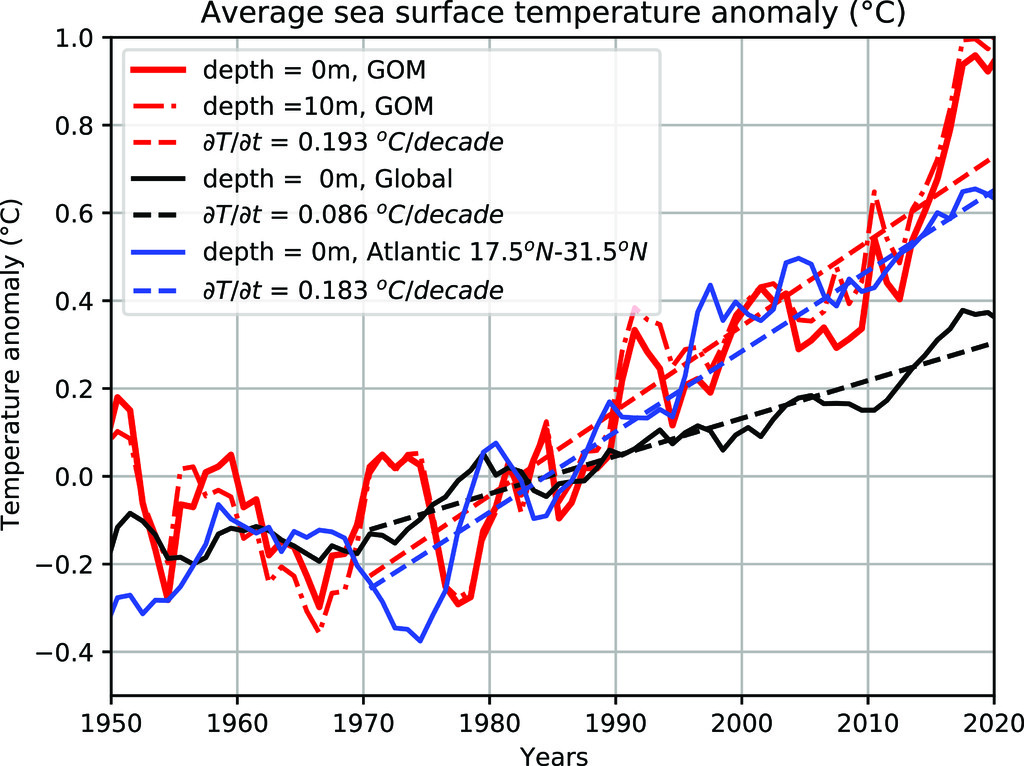
Climate models indicate that the Gulf of Mexico may consistently remain above 80°F by the 2040s if current trends continue, increasing the risk of hurricane formation at any time of year. While this would not guarantee year-round hurricanes, it would blur the boundaries of the traditional hurricane season, which has already begun to expand.
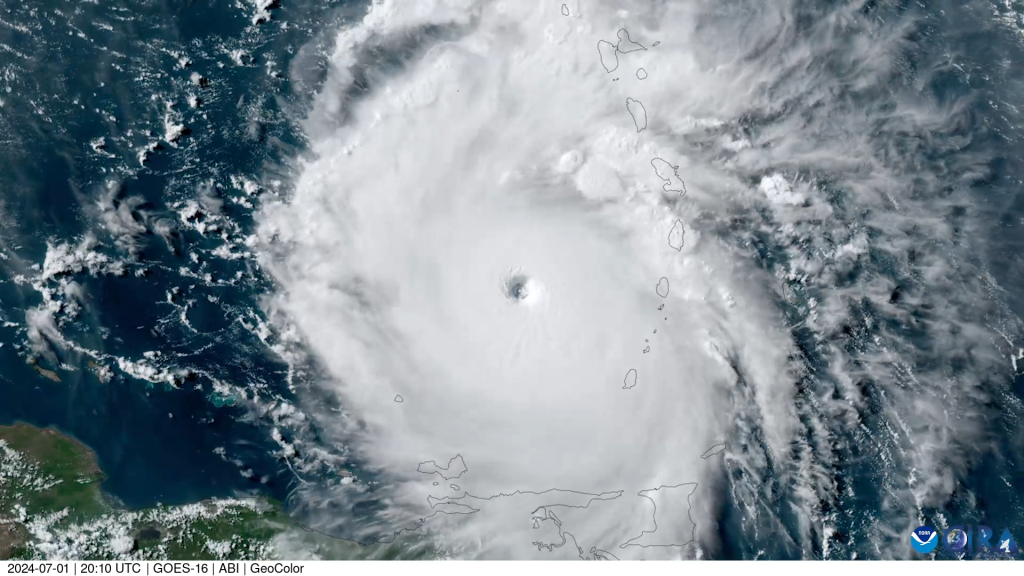
In recent years, hurricanes have formed in May and December—months previously considered outside of hurricane season. For example, Hurricane Zeta in 2020 and Hurricane Alex in 2016 formed unusually late and early in the year, respectively. These cases provide evidence that the Gulf is already primed for more extended hurricane activity. Beryl this year was the earliest Cat 4 on record.

Although the exact timing for when the Gulf could support year-round hurricanes remains uncertain, the warming trend poses significant challenges to coastal communities, many of which are already dealing with the destructive impact of stronger storms.





